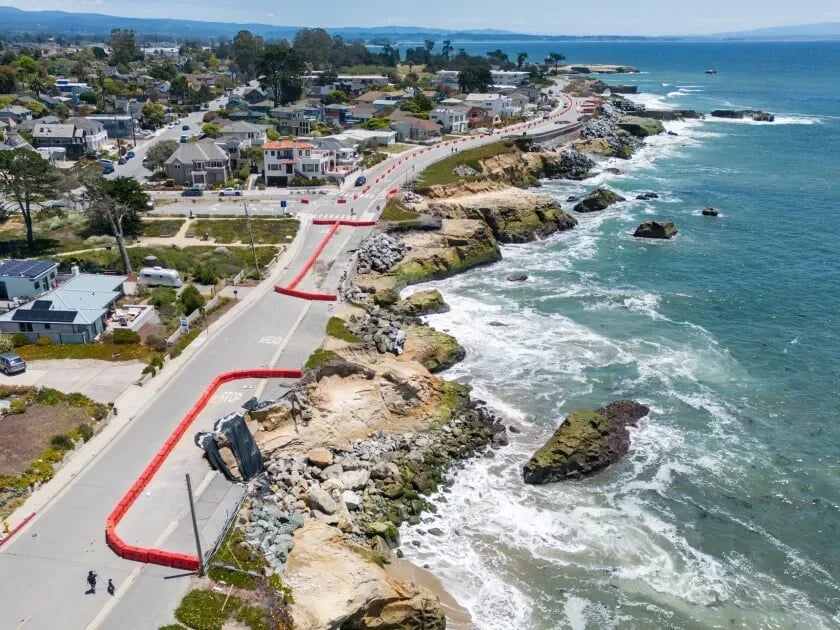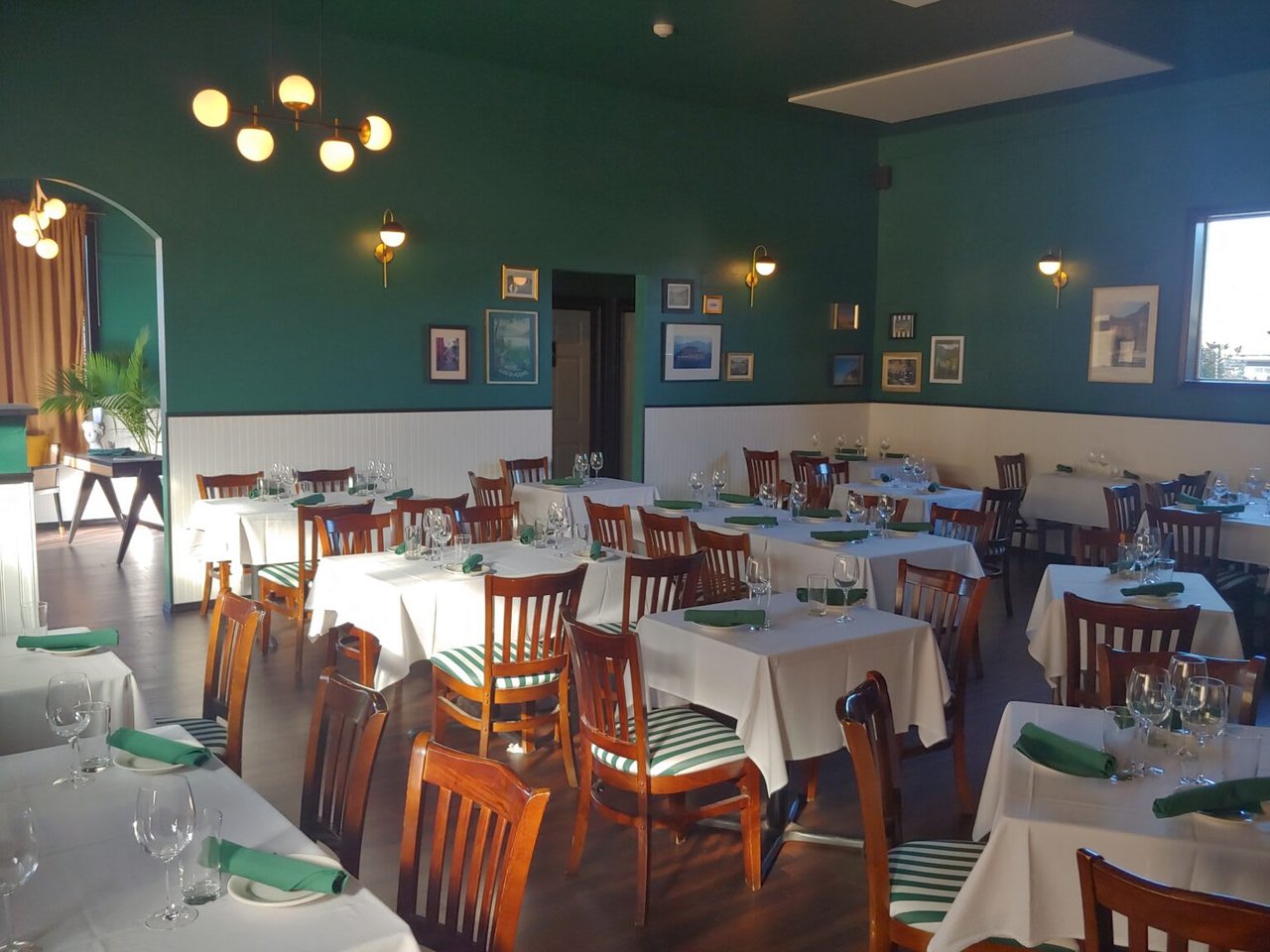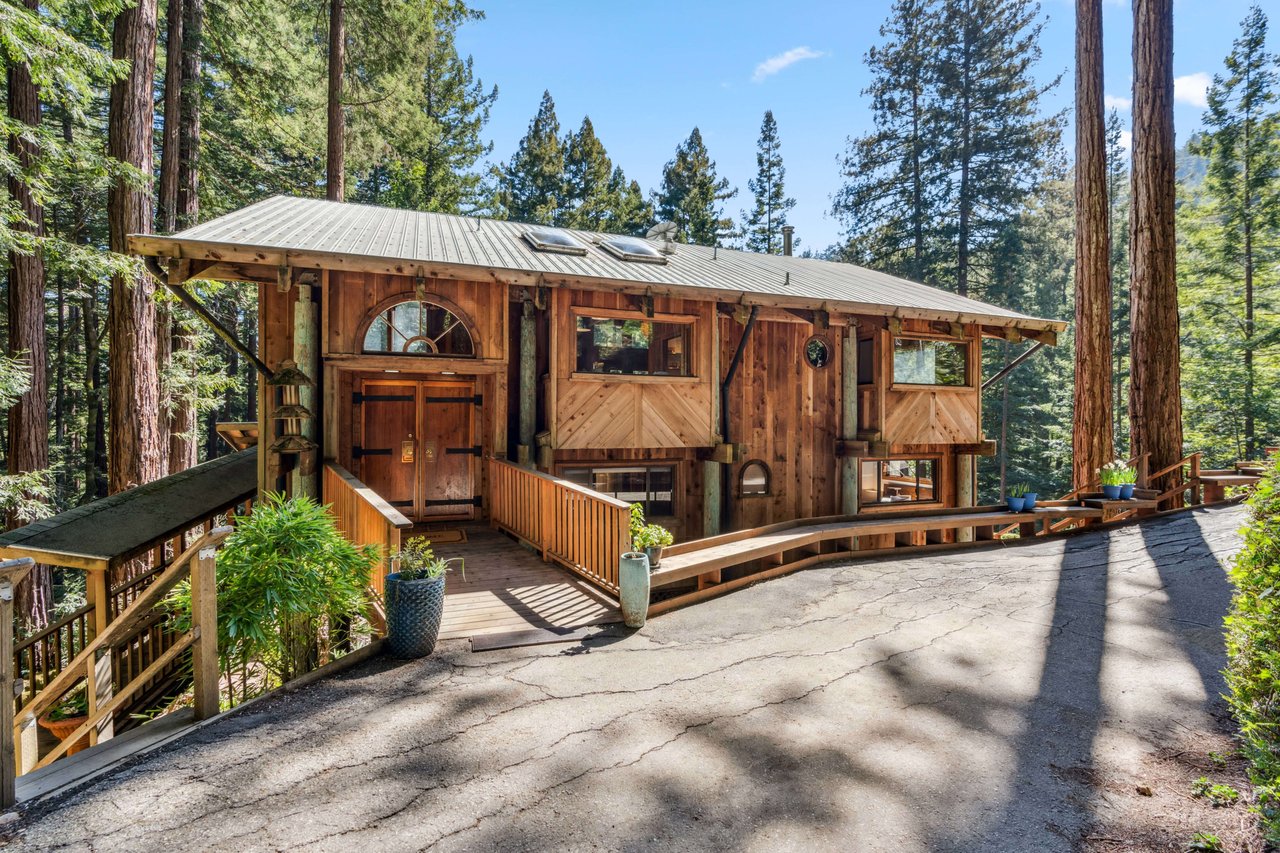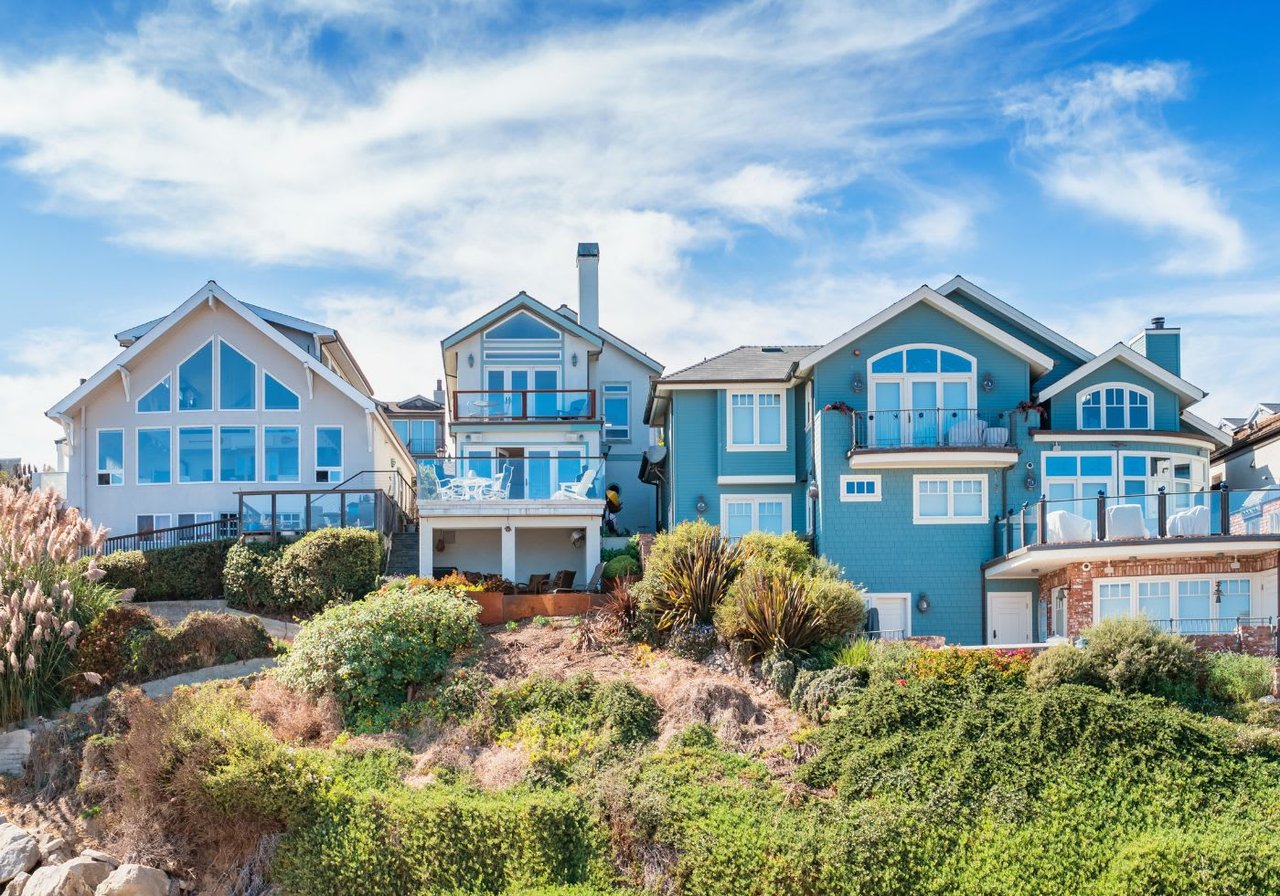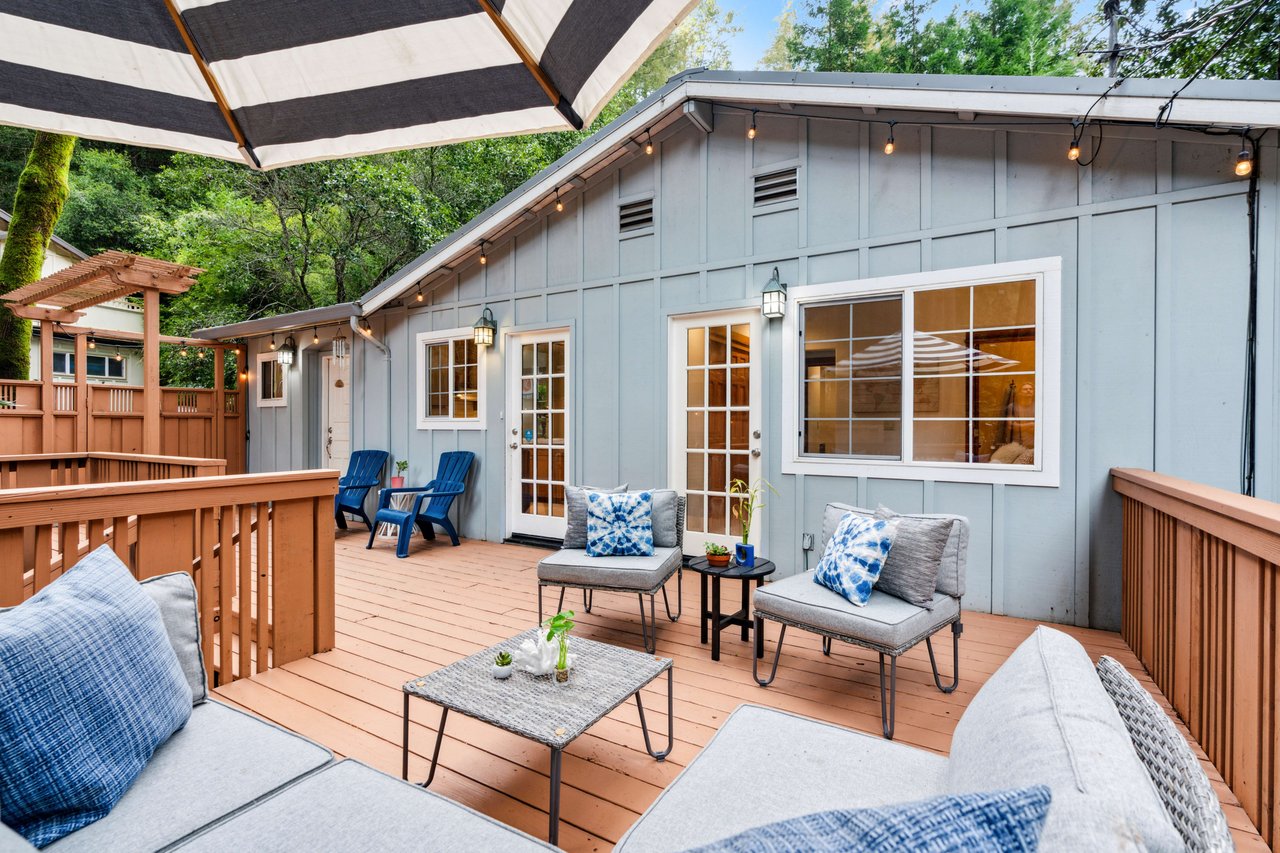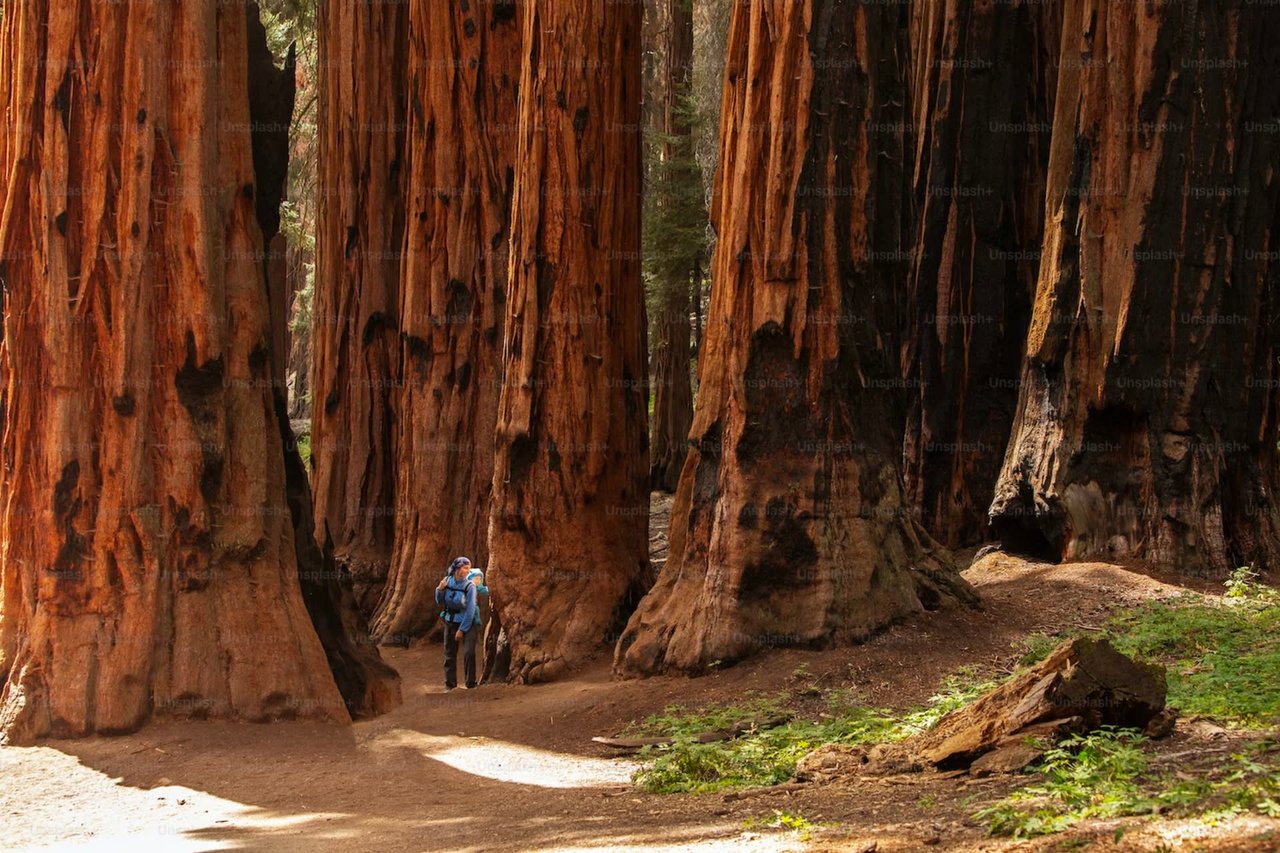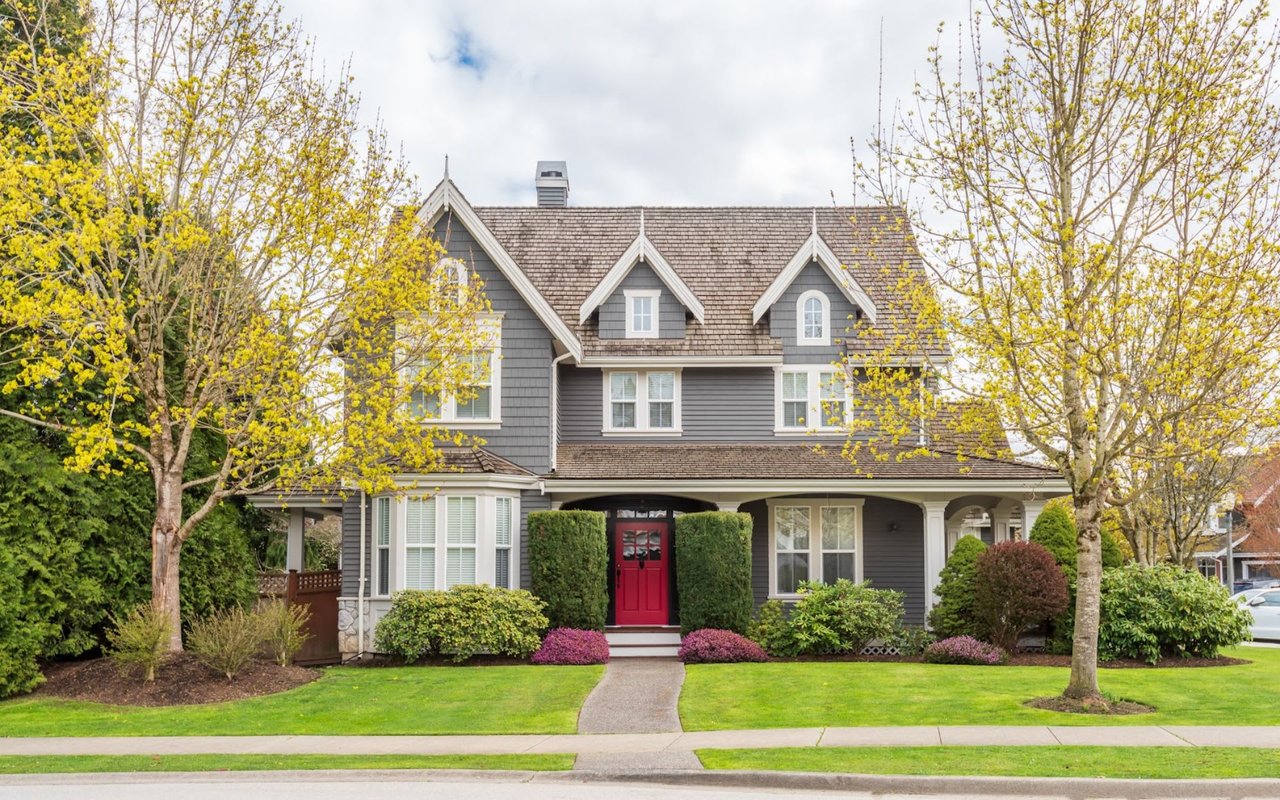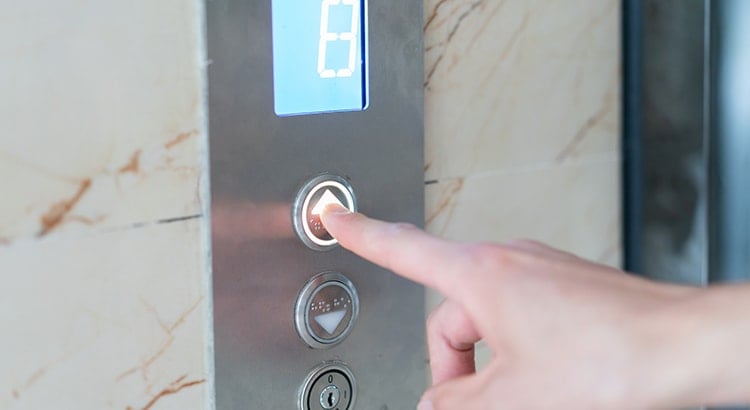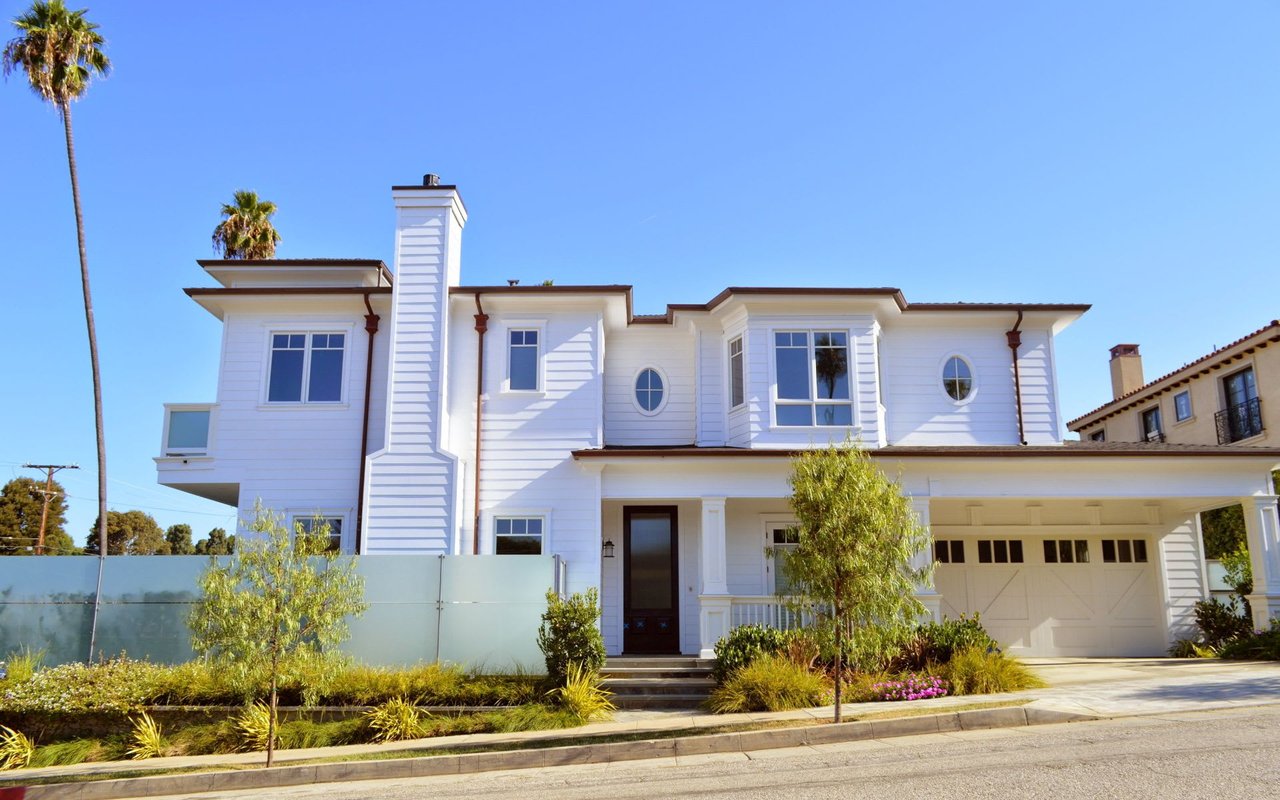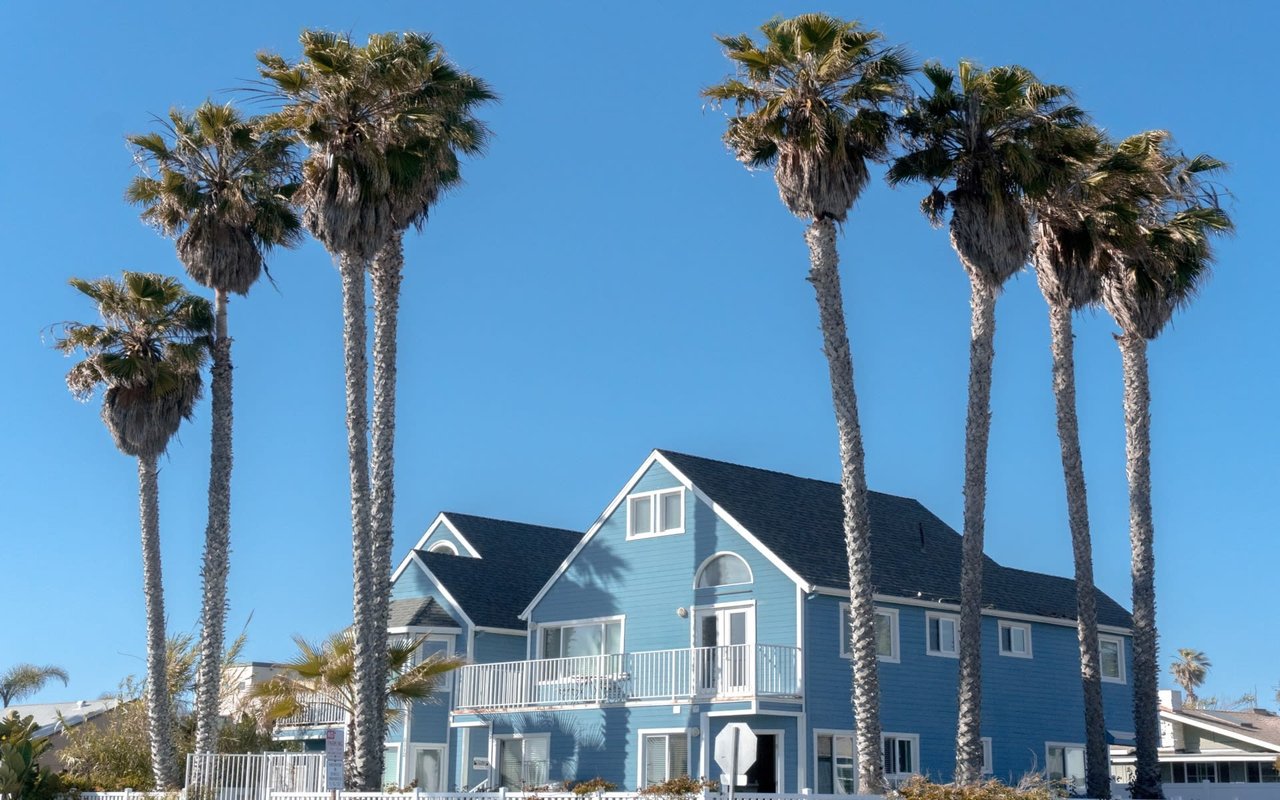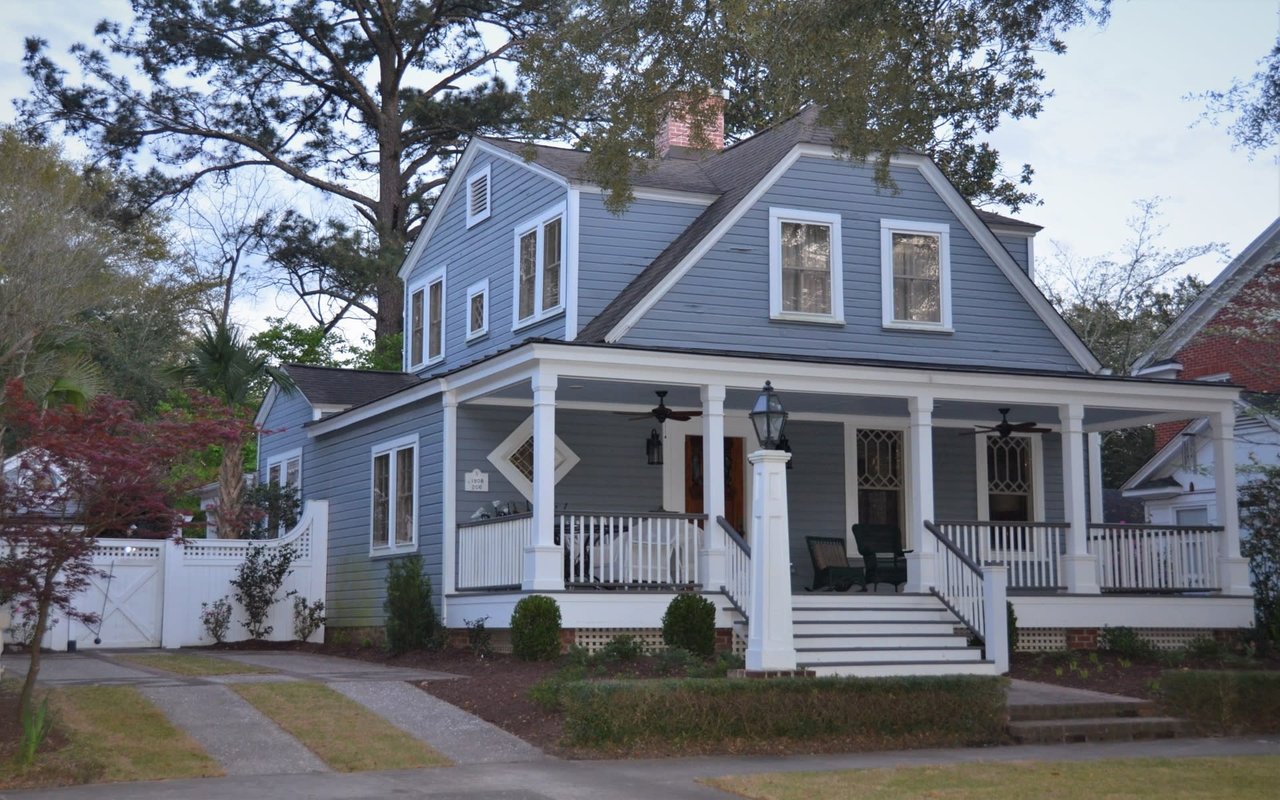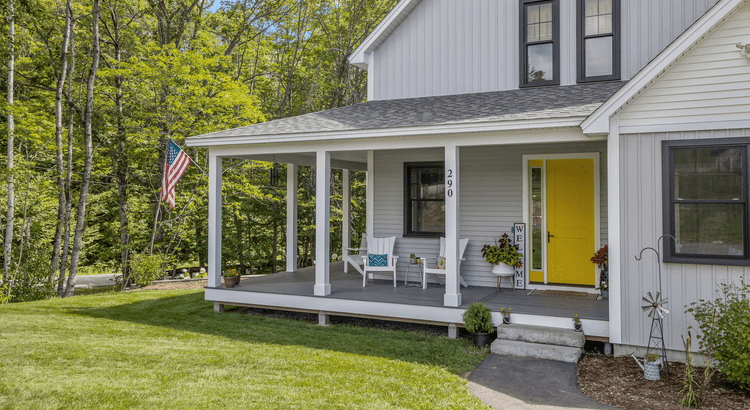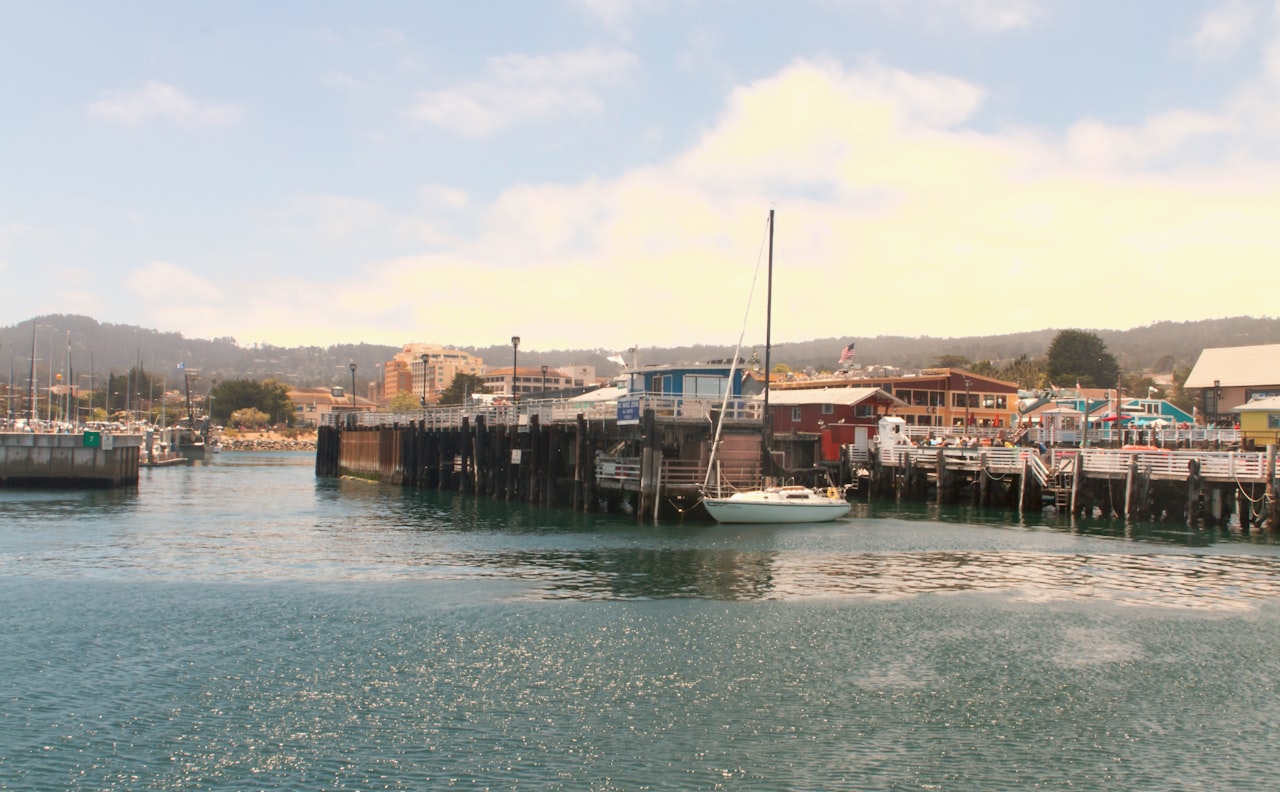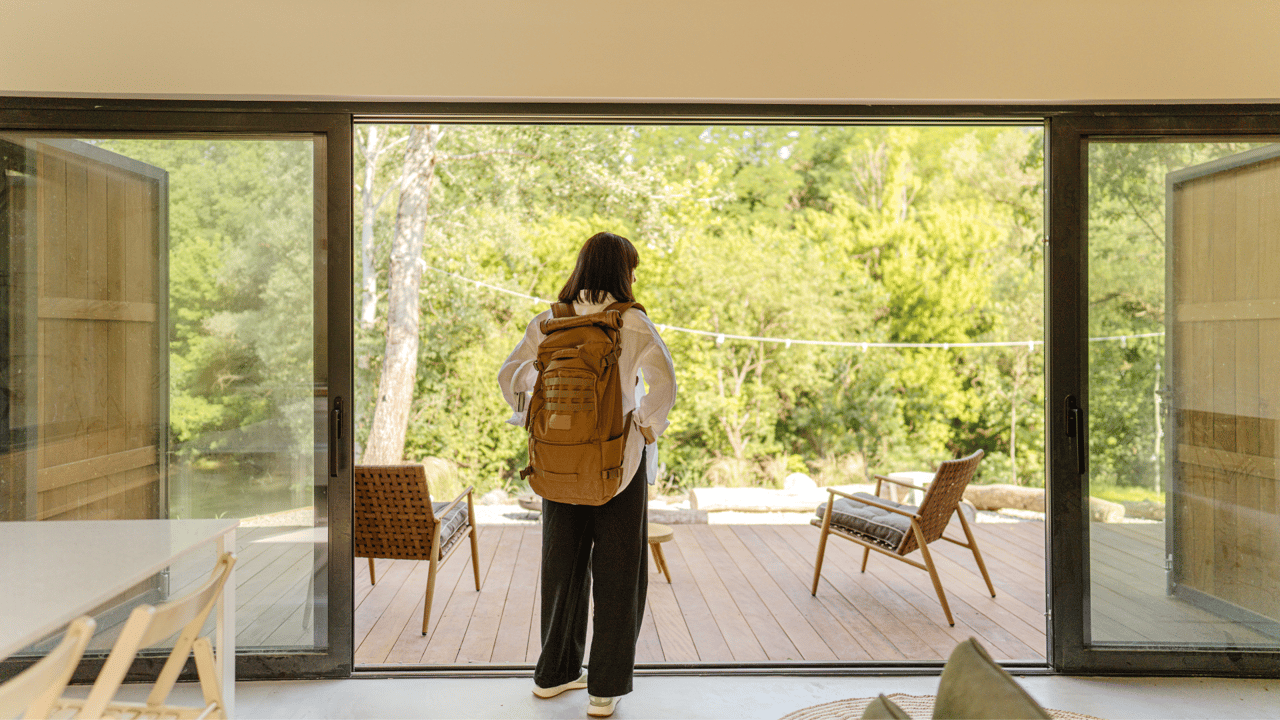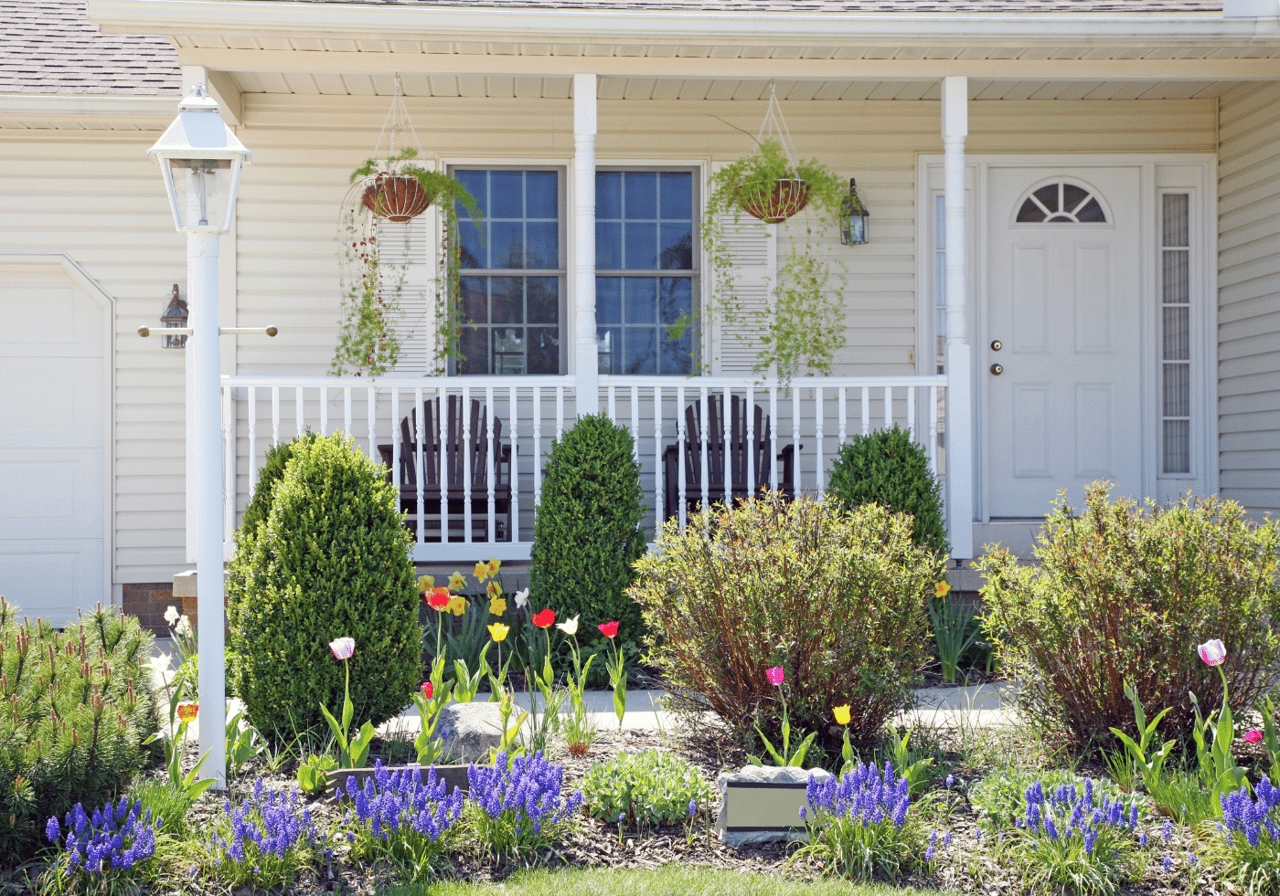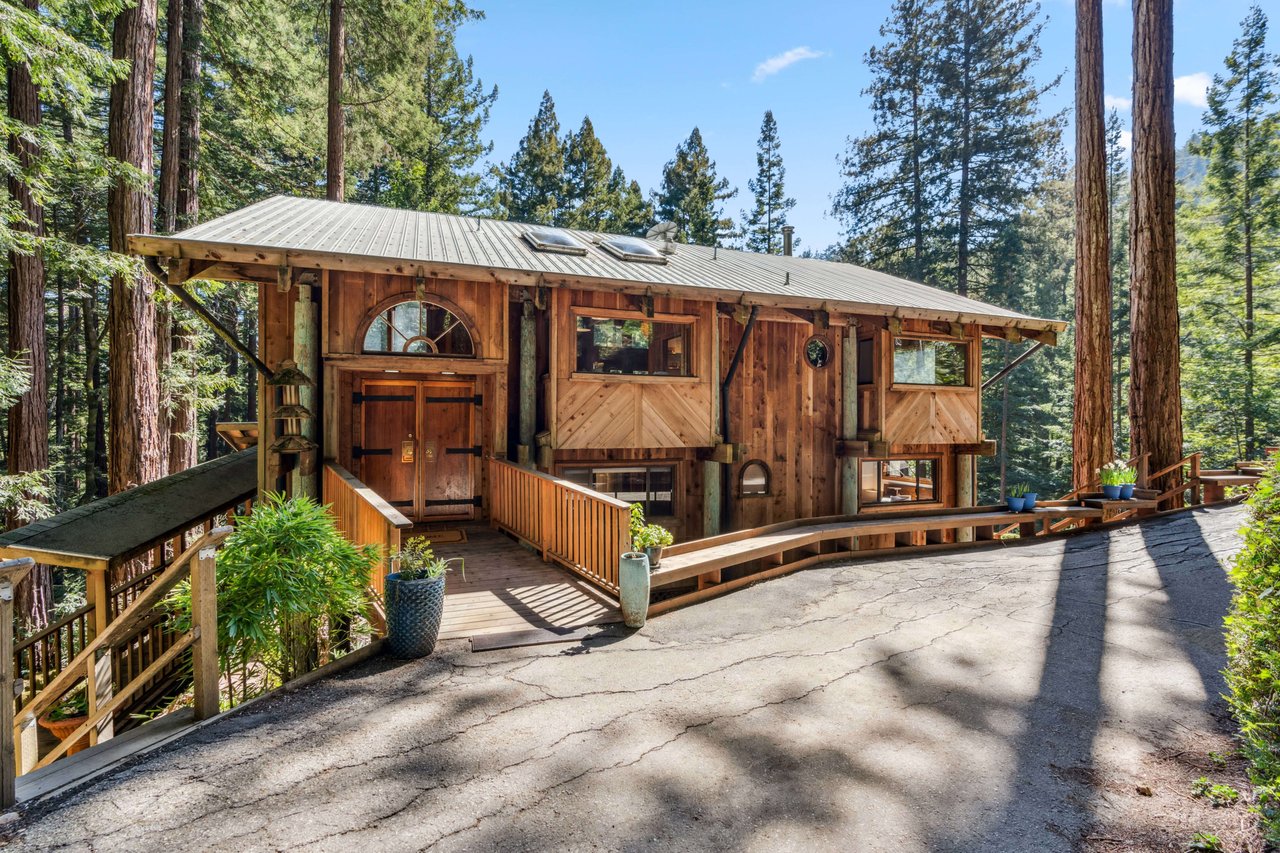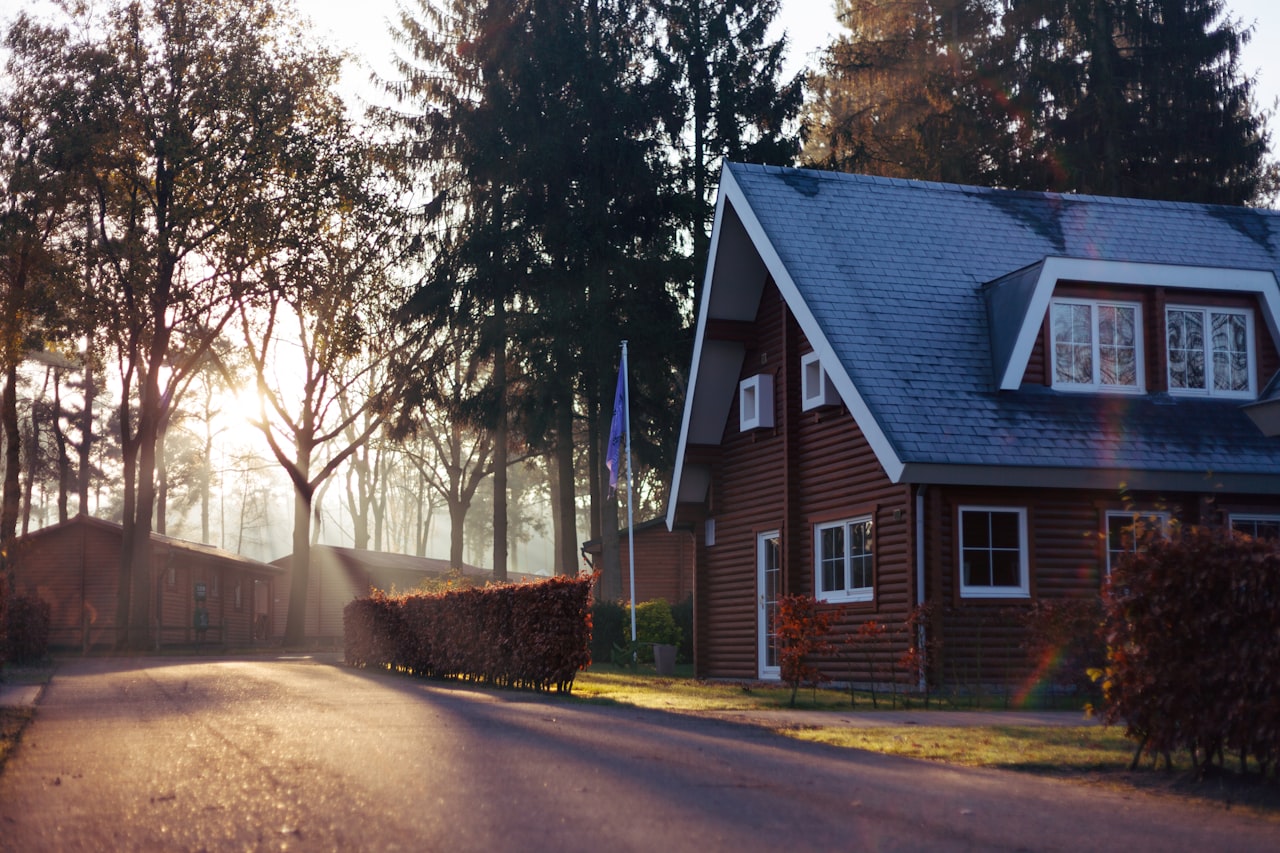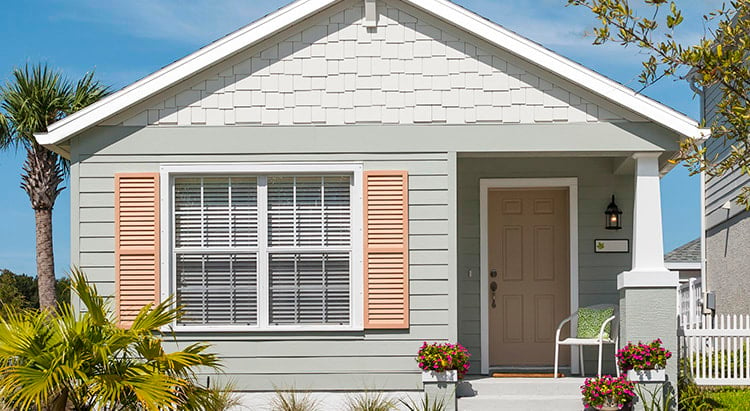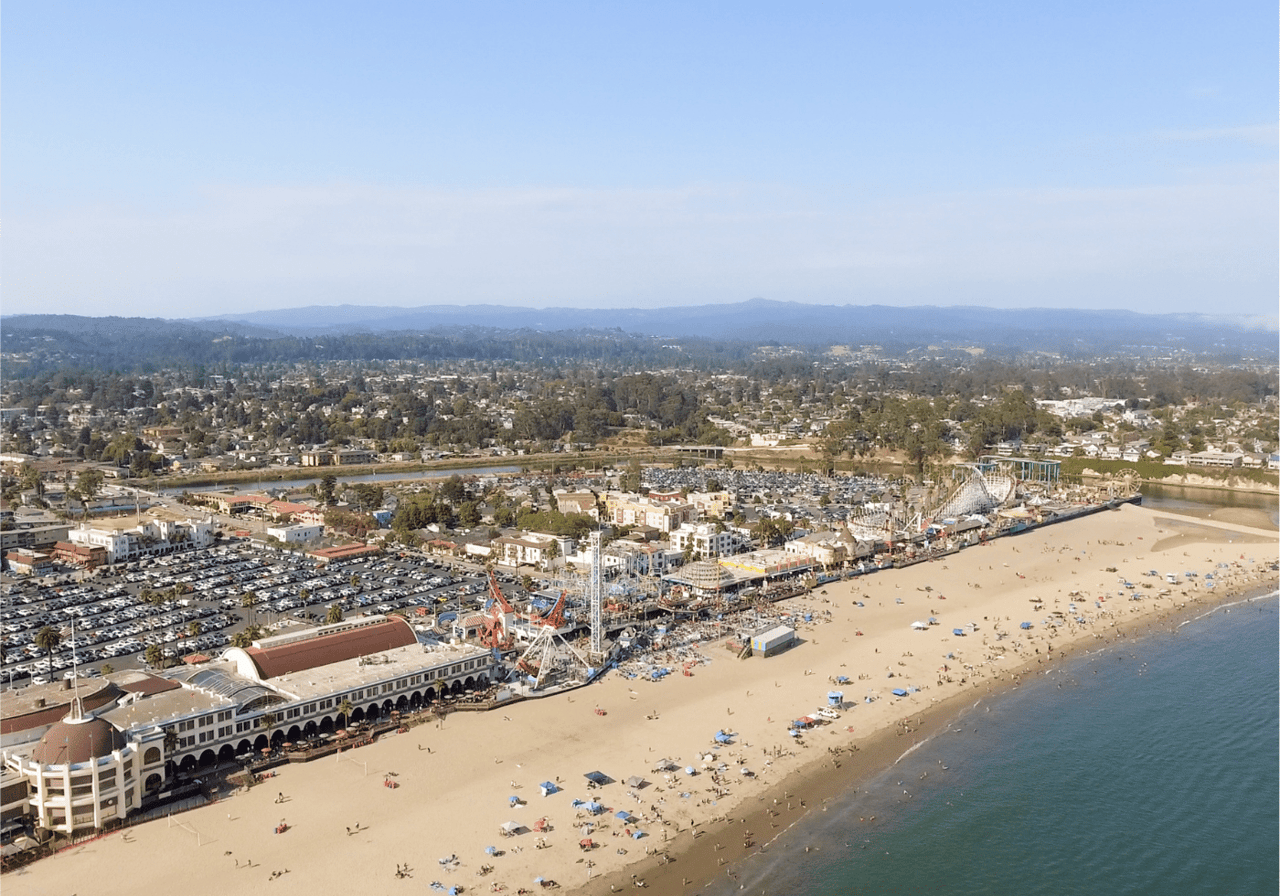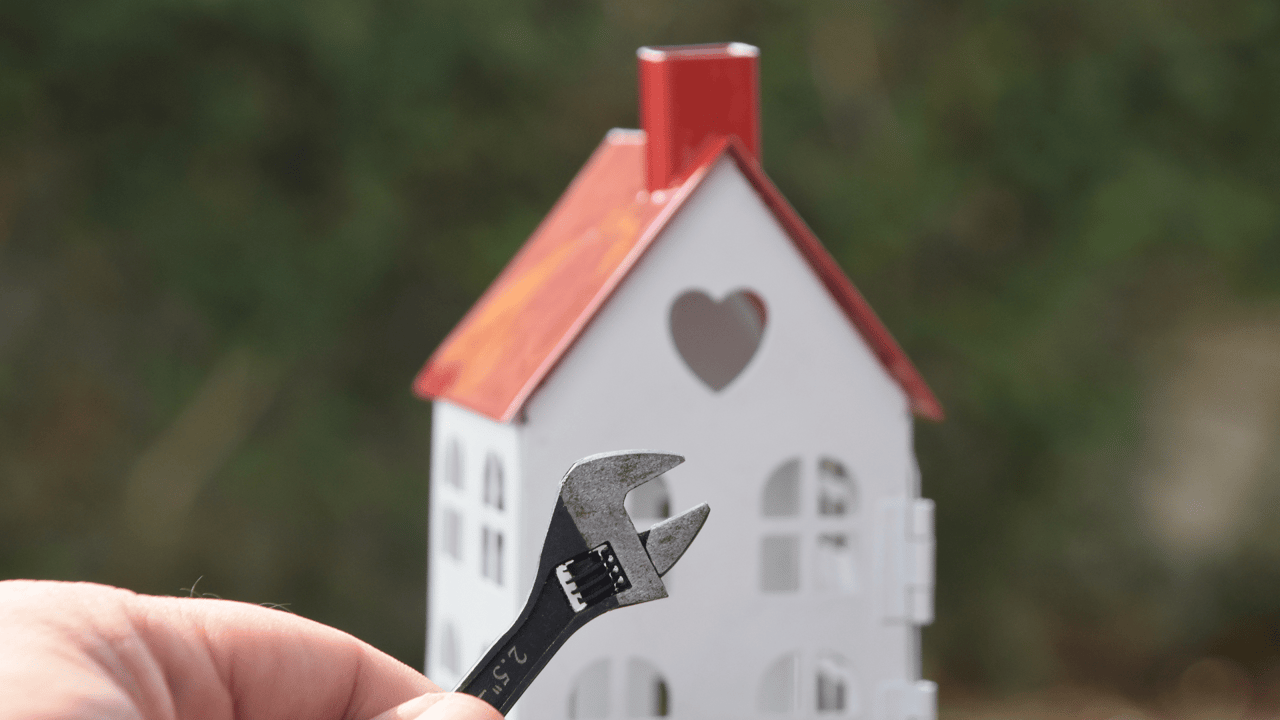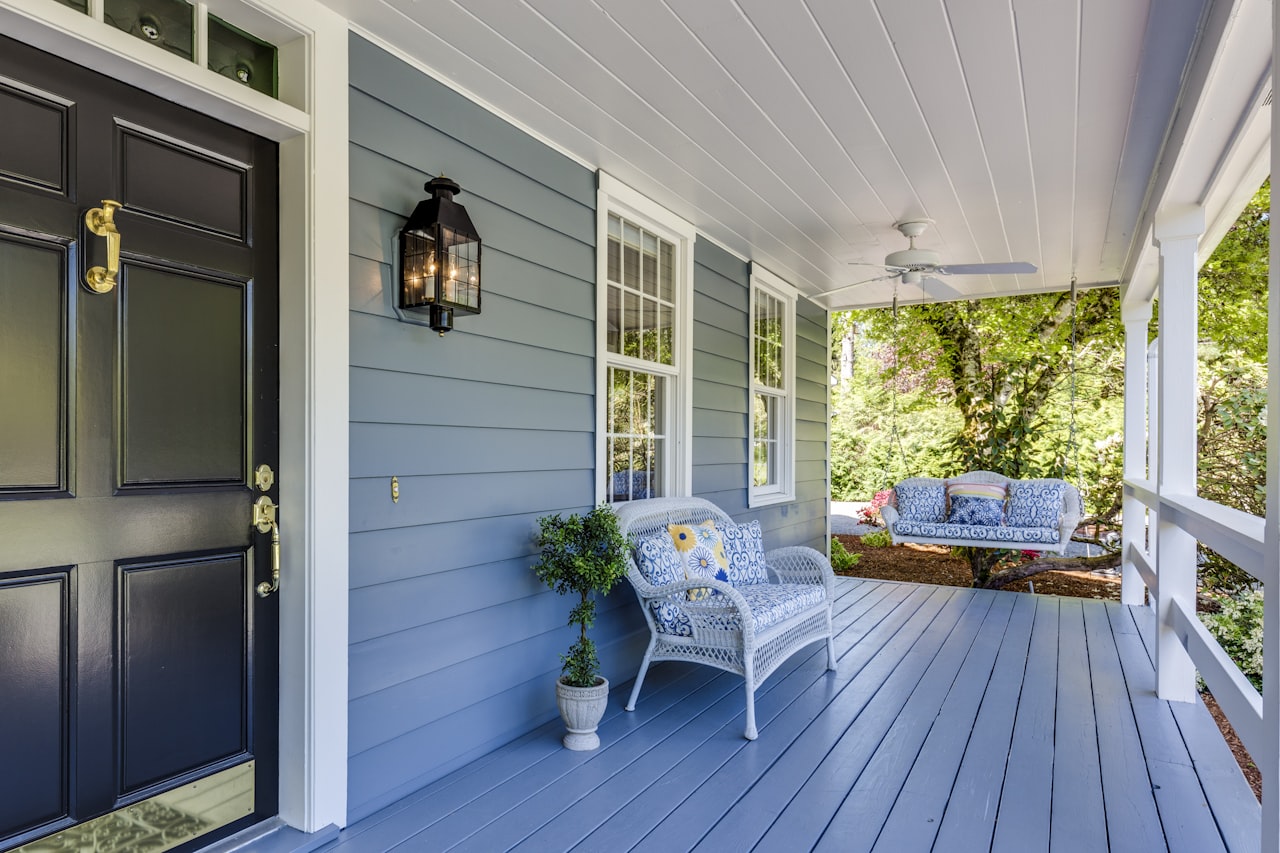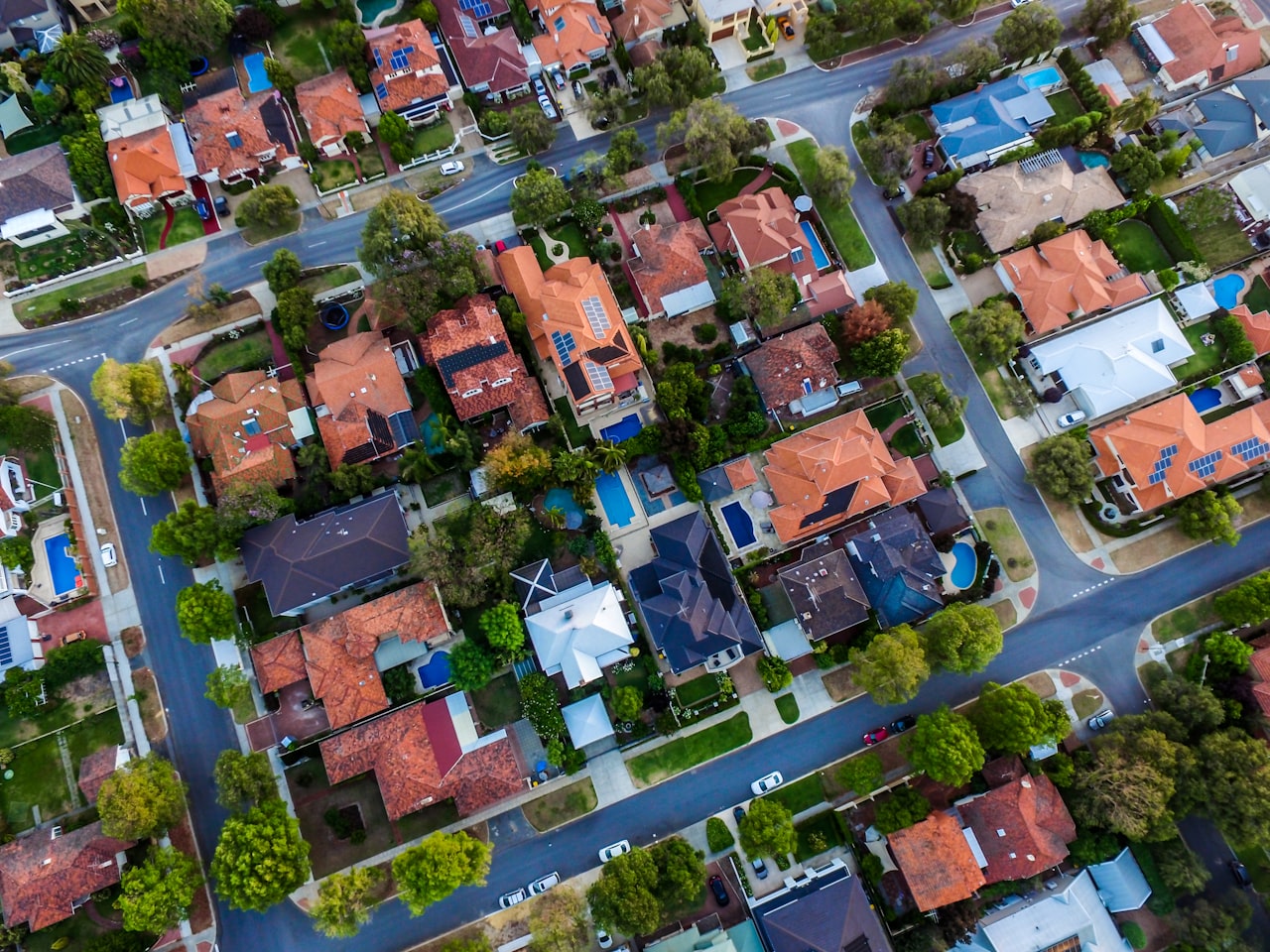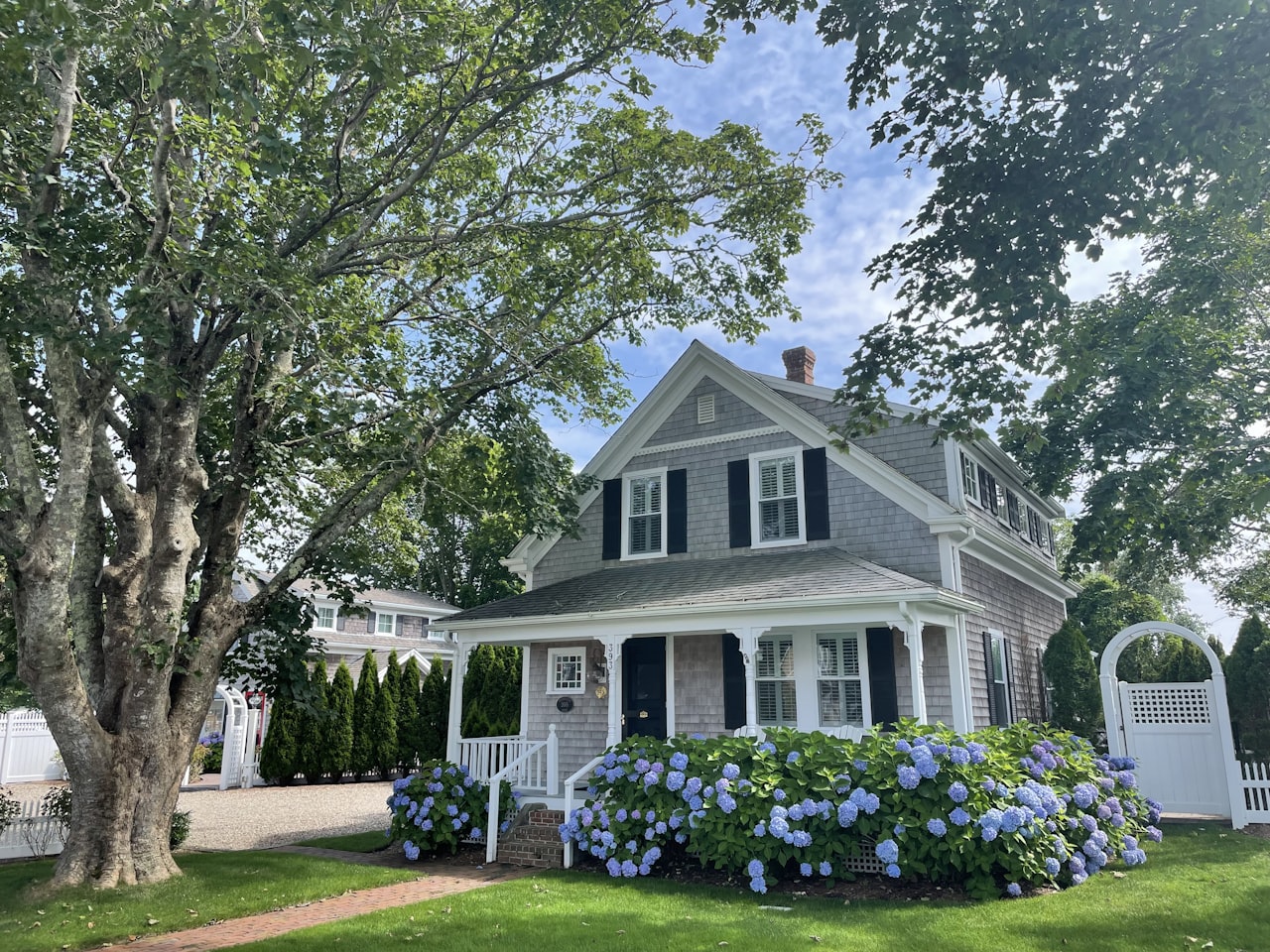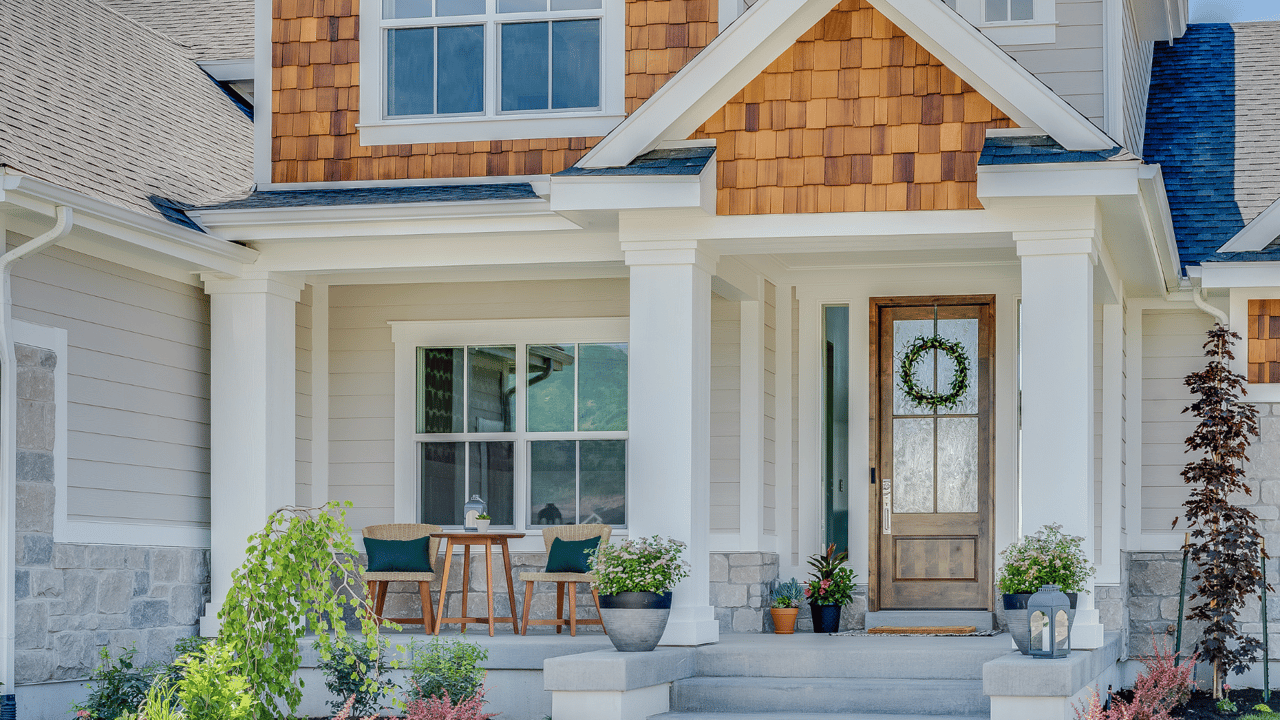Climate change is impacting where people buy homes, especially in areas like the Monterey Bay region, which includes Santa Cruz and Monterey County. As the experts at the National Association of Realtors (NAR) explain:
“Sixty-three percent of people who have moved since the pandemic began say they believe climate change is—or will be—an issue in the place they currently live.”
If you’re planning to move, climate change is something you might want to consider, no matter where you are. A recent study from Realtor.com helps put the growing impact climate change is having on real estate into perspective.
Specific Climate Risks in Monterey Bay
Wildfire Risk
The threat of wildfires in Santa Cruz County has been underscored by events like the CZU Lightning Complex fires. These fires not only cause immediate damage to properties but also affect air quality and long-term livability in the area. Homeowners should consider properties with fire-resistant materials and ensure there are adequate firebreaks and defensible space around their homes. Communities are implementing firebreaks and conducting controlled burns to reduce the risk of catastrophic fires.
Sea Level Rise & Storm Surges
Monterey Bay’s coastline is particularly vulnerable to sea level rise. Areas such as Elkhorn Slough face the threat of becoming permanently submerged if sediment deposition and upland migration cannot keep pace with rising sea levels. This can affect low-lying habitats and result in more frequent and severe flooding events that could impact both residential and commercial properties. Local authorities are investing in salt marsh restoration and constructing barriers to mitigate the impact of rising waters.
Storm surges and flooding are major concerns in coastal areas like Capitola, where heavy rains and high tides can lead to significant flooding. Capitola has been particularly affected by storm surges that inundate homes and businesses along the coast. Local authorities are working on improving drainage systems and implementing flood barriers to protect vulnerable areas
Cliff Erosion
The region's dramatic cliffs are receding at rates up to 2.1 feet per year in some areas. Coastal erosion poses a significant risk to properties near the edge of cliffs, particularly in northern Monterey Bay and Santa Cruz County. Measures such as natural infrastructure and managed retreat are being considered to mitigate these impacts, but the risks remain substantial【23†source】. For example, West Cliff Drive in Santa Cruz has seen significant erosion, prompting the city to implement emergency stabilization measures and explore long-term solutions like sea walls and managed retreat.
Flooding Around Rivers and Creeks
Flooding around rivers and creeks, such as the San Lorenzo River, Pajaro River and the Salinas River, poses a threat to nearby communities. These areas are prone to seasonal flooding, which can damage properties and infrastructure. Efforts to mitigate flooding include levee repairs, riverbank stabilization projects, and improved floodplain management practices.
A Home Built to Last
If you’re planning to be in your home for many years, you want to know it’s going to last. Work with your real estate agent to ensure the home you buy can withstand environmental hazards. This might include features like secondary water barriers on the roof or noncombustible, fire-resistant exterior walls. If the home you’re interested in doesn’t have the features you’re looking for, your agent can help you determine what you may be able to negotiate in the contract or what work it might require in the future.
Insurance Implications
Insurance in high-risk areas can be costly and difficult to obtain. As Selma Hepp, Chief Economist at CoreLogic, explains, homeowners are becoming increasingly aware of the challenges in securing hazard insurance in areas affected by climate change. It's crucial to get insurance quotes early in the homebuying process to understand the full financial implications. Ensure that your policy covers the specific risks prevalent in Monterey Bay, such as wildfire, flood, and erosion damage.
Local Government and Community Efforts
Local authorities and community groups in Monterey Bay are actively working to address climate risks. Santa Cruz County has initiated multiple projects to combat erosion, including the installation of sea walls and the promotion of managed retreat strategies. Monterey County is focusing on floodplain management and levee improvements to protect against river flooding. Both counties are also involved in regional collaborations to share strategies and resources for building climate resilience.
Bottom Line
Climate change is an important factor to think about when buying a home, especially in areas like Monterey Bay, Santa Cruz, and Monterey County. After all, your home is a huge investment, and you want to be ready for anything that might affect it. Let’s chat so you can find the perfect home that will withstand these challenges.
---
For more detailed information and specific examples of local climate risks and mitigation efforts, please refer to these sources:
- [Sanctuary Integrated Monitoring Network (SIMoN)](https://sanctuarysimon.org)
- [National Association of Realtors](https://www.nar.realtor)
- [Realtor.com Study](https://www.realtor.com)
